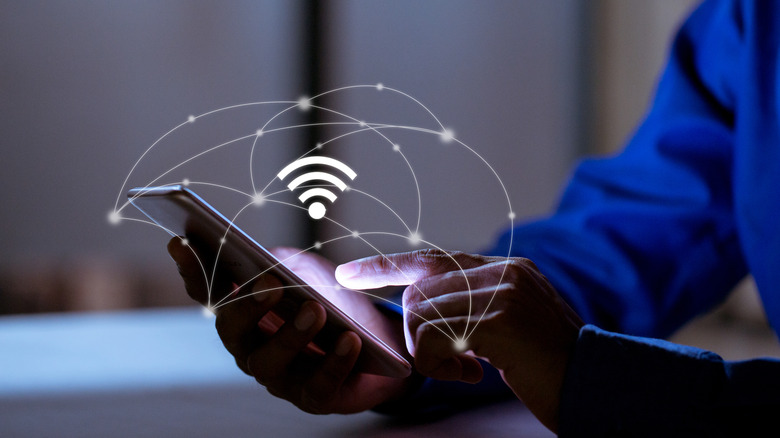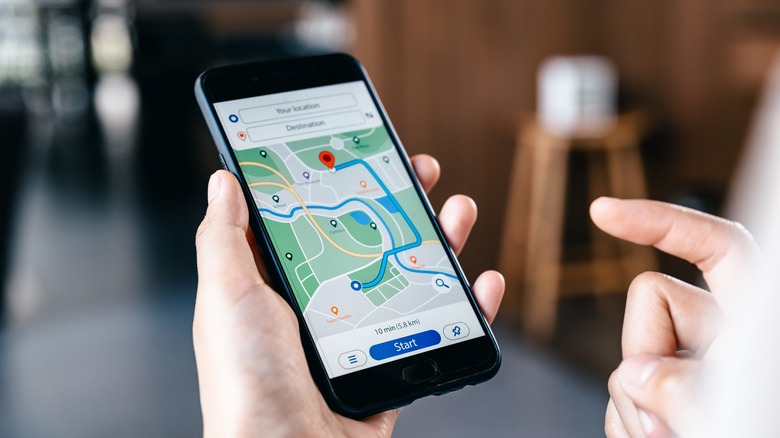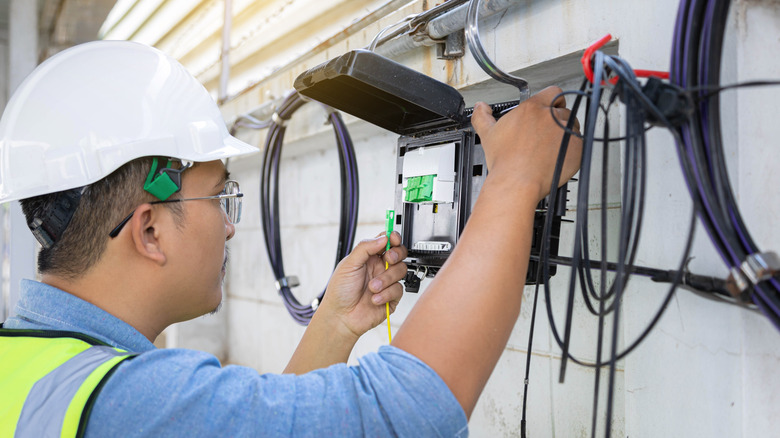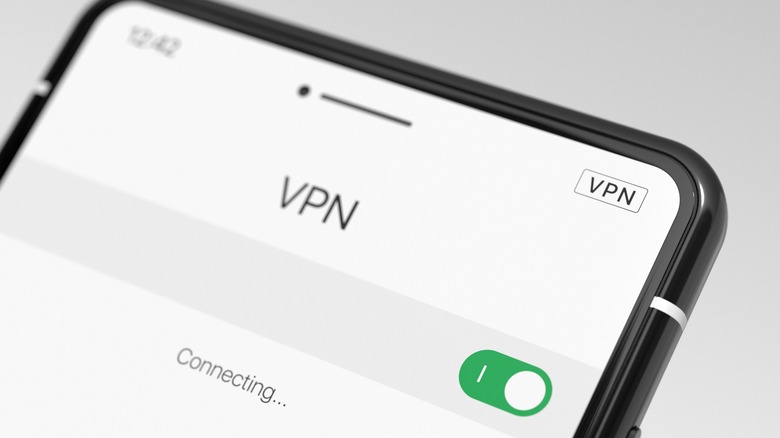The Best Tips To Find Free Wi-Fi No Matter Where You Are
Whether you're a college student or a busy professional, having access to Wi-Fi has become an essential part of daily life. For tasks like catching up on work emails, browsing social media, or streaming your favorite TV show, Wi-Fi connectivity is crucial. However, finding free Wi-Fi can be challenging, especially on the go. Fortunately, several tips and tricks can help you locate free Wi-Fi no matter where you are.
Free Wi-Fi can be convenient, but it's also important to remember that connecting to an unknown network can pose significant security risks to your computer. Unsecured networks will make your device susceptible to hacking and malware, which can compromise your personal information and data. That's why taking precautions to protect your computer while using free Wi-Fi is crucial. Preventive measures like installing firewalls, antivirus software, and VPNs help ensure you have all of your bases covered. However, while these methods provide extra protection between you and hackers, private networks are always the safest options for sensitive internet activity like shopping.
How to use free Wi-Fi finder apps
With most educational and professional activity occurring online, staying connected to the internet is now an essential requirement to accomplish tasks. Unfortunately, that doesn't stop when you walk out the door. Whether you're on the go, traveling to a new city, or simply looking to save on data charges, Wi-Fi finder apps can help you locate free Wi-Fi hotspots near you.
First, download a reputable Wi-Fi Finder App from the App Store. Several popular options, such as Wi-Fi Finder + Map (iOS and Android) and Wi-Fi Around (iOS only), are available. Once you have installed the app, allow it to access your location to help you find Wi-Fi hotspots nearby.
Next, open the app and browse the map to find available Wi-Fi networks. Most apps allow you to search for Wi-Fi networks based on keywords like "coffee shop" or "library." In addition to locating free Wi-Fi hotspots, some options also offer additional features. For example, Wi-Fi Finder + Map lets users filter results by location type, speed, and quality. Features like this can help you find the best and safest possible options.
How to find free Wi-Fi networks from your internet service provider
If you pay for a Wi-Fi network for your home, you can check and see if your internet service provider (ISP) has free hotspots. Options from your ISP are a great way to make the most of your internet subscription and can give you peace of mind that the free network is regulated and maintained.
Most ISPs will have a section on their website that lists available Wi-Fi hotspots. Visit your ISP's website and look for a page or section that lists Wi-Fi hotspot locations. In addition to looking on websites, you can see if your ISP has an app to help you find free networks. However, if you still need help finding a free Wi-Fi hotspot, contact your ISP's customer service team. They can provide additional information about public Wi-Fi hotspots in your area.
While connecting to your ISP's free Wi-Fi hotspot is safer than an untrusted network, verify that the network supports security features before joining. For instance, all Xfinity hotspots include 128-bit encryption. Additionally, some ISPs may have data usage limits on their free Wi-Fi hotspots. Make sure to check your account settings or contact customer service to see if there are any usage limits or restrictions.
How to use a VPN while using a free Wi-Fi network
Using a virtual private network (VPN) effectively protects your online security and privacy when using free Wi-Fi networks. VPNs encrypt your internet connection and create a secure and confidential connection to the internet. This software makes it difficult for hackers, or anyone else, to intercept your online activity and steal your personal information.
You'll need to choose a VPN service. Several options are available, but that doesn't necessarily mean they're all created equally. To spend your money most efficiently, choose a reputable VPN service with a proven track record of protecting users' privacy and security, like NordVPN or ExpressVPN.
Once you've decided on a VPN, install the software on your device. Most providers offer apps for smartphones, tablets, and computers. After you've installed the software, connect to the VPN before using the free Wi-Fi network. You will also need to enter your login credentials to connect.
Before connecting, also ensure the VPN is connected and working correctly. Some VPN services will have a notification or icon indicating you're connected.



